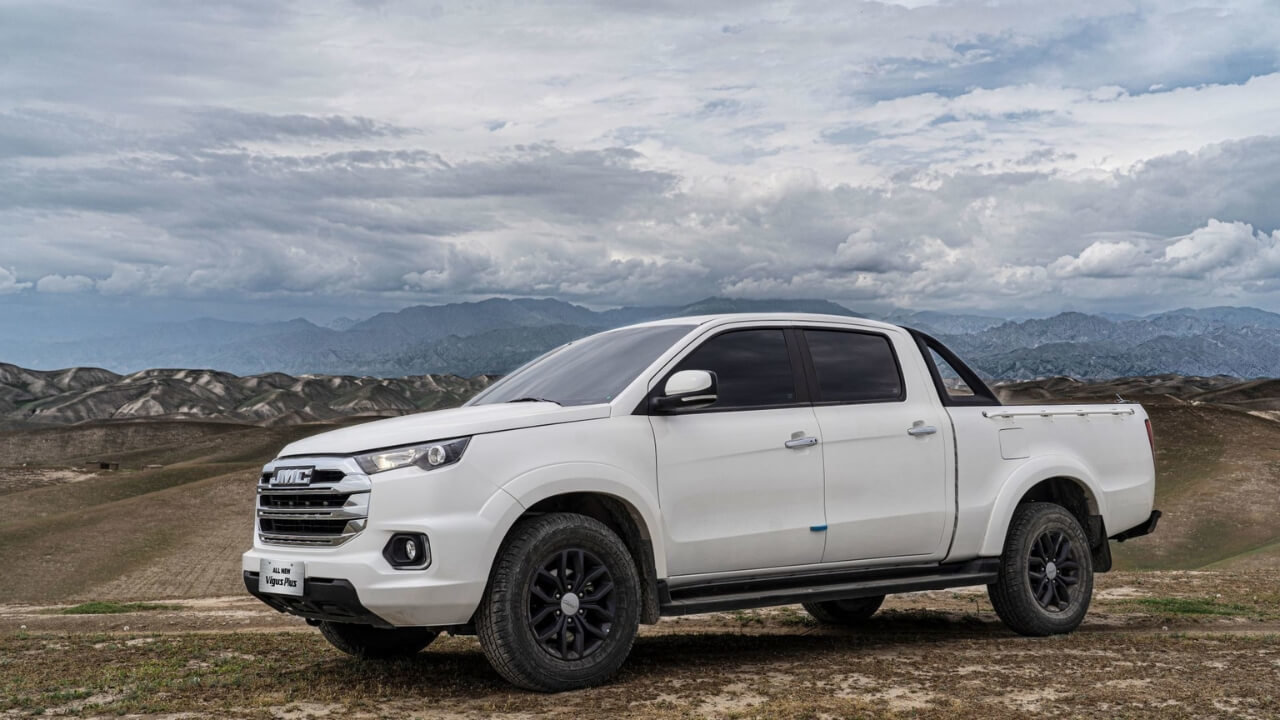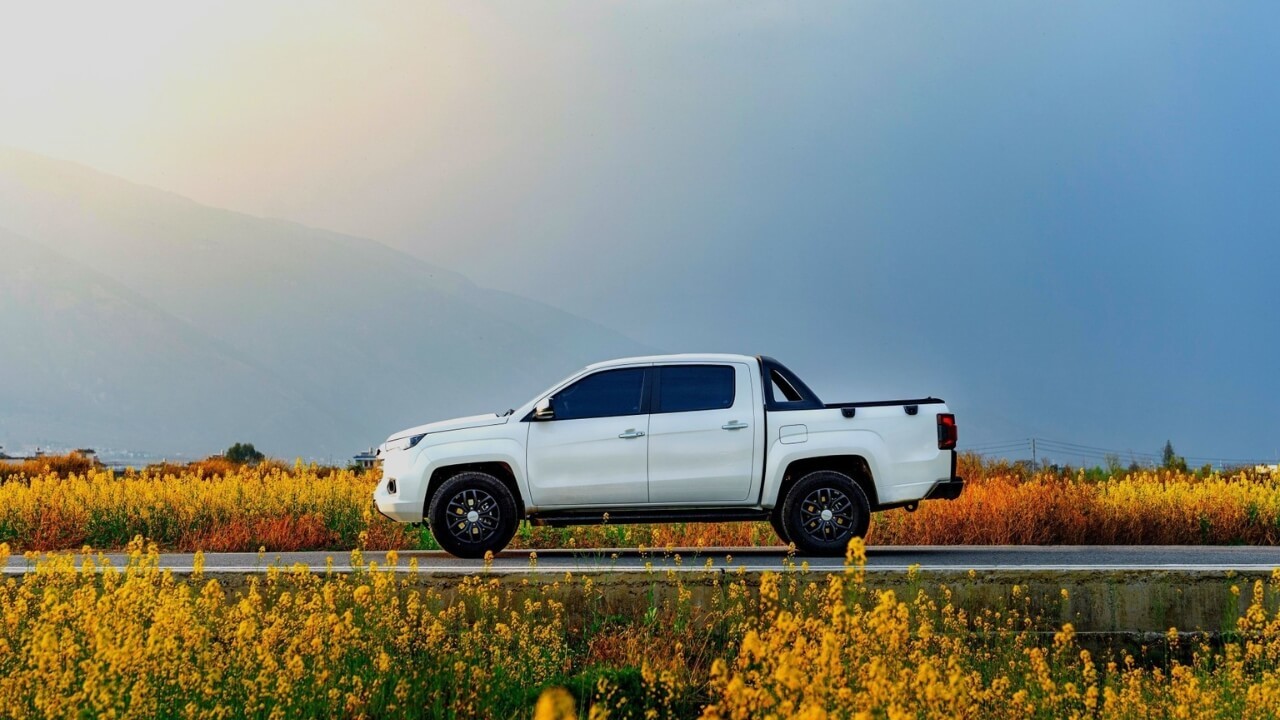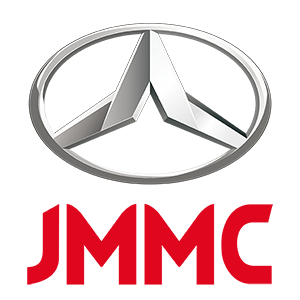Everything You Need to Know About 4x4 Pickups
Release time:
2025-05-23

Have you ever wondered what makes a 4x4 pickup the go-to vehicle for rugged adventures and tough jobs? Curious about how these powerful trucks handle everything from snowy roads to rocky trails? Or perhaps you’re asking which features matter most when choosing the perfect 4x4 for your lifestyle? These questions spark the interest of anyone looking to harness the versatility and strength of a four-wheel-drive pickup.
4x4 pickups are more than just vehicles; they’re reliable partners for work, adventure, and everything in between, blending power, technology, and versatility. Keep reading to discover how these dynamic trucks can meet your needs and elevate your driving experience!
What is a 4x4 Pickup?
A 4x4 pickup, also known as four-wheel drive (4WD) pickup, features a drivetrain capable of delivering engine torque to all four wheels simultaneously, providing superior traction and control on varied surfaces.
The designation “4x4” denotes the total number of wheels (the first “4”) and the number of wheels driven (the second “4”), distinguishing it from configurations like rear-wheel drive (4x2).
In a standard 4x2 pickup, power is sent only to the rear axle, whereas a 4x4 system engages both front and rear axles—either full-time or on-demand—enhancing capability in off-road or low-traction conditions.
Also referred to as “4-by-4” or simply “4WD,” these pickups can be part-time—where the driver manually engages four-wheel drive—or full-time, automatically distributing torque as needed.
Manufacturers offer advanced 4x4 pickups equipped with electronic locking differentials, low-range transfer cases, and traction-control systems to tackle steep grades, mud, snow, and rocky terrain.
Beyond off-road adventures, 4x4 pickups are prized for towing, hauling, and year-round reliability in regions with inclement weather, making them a versatile choice for both work and recreation.
How 4x4 Systems Work?
A 4x4 system allows a pickup truck to send power to all four wheels, improving traction and control in challenging conditions. There are two main types:
- Part-Time 4WD: The driver manually engages four-wheel drive via a lever or switch. In normal conditions, the vehicle operates in 2WD to save fuel. When extra traction is needed, the transfer case locks front and rear driveshafts together.
- Full-Time 4WD: The system automatically splits torque between front and rear axles. A center differential allows for smooth operation on any surface without manual selection.
Modern pickups may also include:
- Low-Range Transfer Case: Offers a lower gear ratio for maximum torque at low speeds—ideal for steep climbs, deep mud, or rock crawling.
- Electronic Locking Differentials: Can lock the left and right wheels on an axle together, ensuring both wheels turn at the same speed when traction is limited.
- Traction Control Systems: Use sensors and braking intervention to prevent wheel spin and maintain forward momentum.
Power Distribution: In most full-time systems, a planetary center differential or electronically controlled multi-plate clutch modulates torque split (often 50:50 or 40:60) to suit driving conditions. When one wheel slips, the system redirects power to the wheels with grip.
Together, these components enable seamless transition between road and off-road environments, giving drivers confidence whether they’re hauling cargo, towing trailers, or exploring rugged trails.
A Brief History of 4x4 Pickups
The concept of four-wheel drive dates back to early 20th-century experiments by manufacturers such as the American Motor Truck Company and Duplex Power Car around 1906.
In France, Latil pioneered front-wheel-drive vehicles before transitioning to all-wheel-drive models in the years leading up to World War I.
Mass-market 4x4 pickups first appeared after World War II, with Dodge's civilian Power Wagon debuting in 1946 and Willys starting producing 4x4 pickups in 1947.

Source: Kaiser Willys
In 1948, Land Rover introduced the first purpose-built civilian off-roader—complete with power take-off for agricultural use—setting the template for future 4x4 pickups.
By the late 1950s and early 1960s, American manufacturers offered factory and dealer-installed 4WD systems: GMC and Chevrolet sold bolt-on kits in 1956–1957, followed by GM’s in-house four-wheel-drive pickups in 1960.
Toyota entered the U.S. 4x4 pickup market in 1979, offering a factory-installed four-wheel-drive option on its compact Toyota Pickup (Hilux).
The mid-1980s saw the arrival of compact 4x4 pickups like the Jeep Comanche, expanding the segment with more versatile, consumer-friendly models.
Since then, 4x4 pickups have continually evolved—integrating advanced electronics, diverse powertrains (including diesel and electric options), and global design influences to meet both work and recreational demands.
The 4x4 Pickup Market: A Global Overview
The global pickup truck market was valued at USD 219.94 billion in 2024 and is projected to grow to USD 231.81 billion in 2025, reaching USD 353.07 billion by 2033 at a CAGR of 5.4 %.
In North America, the U.S. market alone reached USD 77.6 billion in 2024 and is expected to expand at a CAGR of 2.3 % between 2025 and 2034. Europe generated USD 8,894.4 million in revenue in 2024, with forecasts of 2.6 % CAGR from 2025 to 2030. Meanwhile, China’s pickup segment is set to reach USD 4,142.5 million by 2030, growing at 2.9 % annually.
The off-road–focused pickup segment was valued at USD 25 billion in 2024 and is forecast to grow at a 5.5 % CAGR from 2026 to 2033.
(Reference: Pickup Trucks Market Size, Share, Sales & Trends Graph by 2033 - Straits Research)
Everyday Uses of 4x4 Pickup
Modern 4x4 pickups are more than just for weekend off-roading; they excel in a variety of everyday scenarios, from winter commuting to demanding job site conditions.
Many people now use 4x4 pickups as family vehicles. With spacious cabs, smooth ride quality, and advanced safety features, they offer the same comfort and convenience as a traditional SUV. Whether you're driving the kids to school, going grocery shopping, or taking a road trip, a 4x4 pickup can handle it all with ease. Some models even come with luxury-style interiors and infotainment systems that make daily driving more enjoyable.
When it comes to hauling and towing, 4x4 pickups are built for the task. Their strong frames and high torque engines allow them to pull trailers, boats, and heavy equipment without breaking a sweat. Whether you’re moving furniture, transporting machinery, or towing a camper for a weekend getaway, a 4x4 pickup gives you the strength and stability you need to get the job done safely and efficiently.
For professionals in trades like construction, landscaping, and utilities, a 4x4 pickup is often an essential tool. These vehicles can handle rough, uneven, or muddy job sites that regular trucks can’t reach. With features like four-wheel drive, reinforced suspensions, and powerful engines, they help workers transport tools and materials no matter what the terrain looks like. This makes them highly valued in both rural and urban work environments.
Outdoor lovers also benefit greatly from the capabilities of a 4x4 pickup. Whether you're into camping, fishing, hunting, or off-grid travel, a 4x4 allows you to reach remote locations that are otherwise inaccessible. You can outfit your truck with rooftop tents, slide-in campers, or cargo gear and head off the beaten path with confidence. The combination of off-road ability and storage capacity makes it a top choice for adventurers.
In emergency situations, reliability and reach are critical—and that’s where 4x4 pickups truly shine. Police, firefighters, and rescue teams use them to reach people during snowstorms, floods, or natural disasters. The powerful drivetrain, high ground clearance, and all-terrain handling allow them to get to places where standard vehicles would get stuck. These trucks are not only useful but potentially life-saving in extreme situations.
As electric vehicles continue to grow in popularity, electric 4x4 pickups are becoming a powerful option for everyday use. These new models provide instant torque for quick acceleration, lower maintenance needs, and a cleaner, quieter driving experience. Whether you're using one for work or personal travel, electric 4x4 pickups are showing that sustainability and performance can go hand in hand.

How to Choose the Right 4x4 Pickup?
Choosing the right 4x4 pickup isn’t just about selecting the most powerful or the most stylish model. It’s about finding the one that fits your specific lifestyle, business needs, and driving environment. Here’s a step-by-step guide to help you make the right decision.
1. Define Your Primary Use
Before comparing brands or specs, ask yourself: what will you use the pickup for most often? If you need a truck for towing trailers or hauling equipment, focus on models with strong towing capacity and a robust powertrain. If daily commuting or city driving is your main concern, consider comfort, fuel efficiency, and maneuverability. For off-road enthusiasts, features like all-terrain tires, locking differentials, and higher ground clearance become essential. Knowing your priorities will help you avoid paying for features you may never use.
2. Assess Size and Configuration
4x4 pickups come in various sizes—compact, midsize, and full-size. Compact and midsize trucks offer better fuel economy and easier handling, making them ideal for urban or mixed-use driving. Full-size pickups deliver superior power, space, and towing capabilities but can be harder to maneuver in tight spaces. Don’t forget to consider cab configurations as well. Regular cabs offer two doors and minimal rear seating, extended or access cabs add more interior room, and crew cabs provide four full-size doors with spacious back seats—perfect for families or work crews.
3. Evaluate Powertrain Options
The engine under the hood greatly impacts your pickup’s performance and efficiency. Gasoline engines are widely available and often more affordable up front. Diesel engines deliver greater torque and better fuel economy for towing but come with higher maintenance costs. Hybrid and electric 4x4 pickups are now entering the market, offering instant torque, low emissions, and quieter operation. Review each option’s pros and cons based on your driving style and expected usage.
4. Check Towing and Payload Ratings
Not all 4x4 pickups are built the same when it comes to hauling power. Check the manufacturer’s tow and payload ratings to ensure they match your requirements. Consider whether you'll be towing boats, trailers, or work equipment—and whether you'll be loading heavy cargo into the truck bed. If you plan on frequent towing, look for factory-installed tow packages that include upgraded cooling systems, trailer brake controllers, and reinforced suspensions.
5. Test-Drive and Off-Road Trials
A test-drive is essential before you make your final choice. Pay close attention to how the vehicle handles on different terrains. Try engaging the 4WD modes and assess low-range gear performance if available. Evaluate ride comfort, suspension travel, steering response, and how the pickup handles corners or bumps. If off-roading is important to you, consider testing it in real off-road conditions, or at least ensure it’s equipped with features like hill descent control and skid plates.
6. Factor in Total Cost of Ownership
Beyond the sticker price, consider the long-term costs of owning a 4x4 pickup. These include fuel expenses, insurance premiums, routine maintenance, and the vehicle’s resale value. Diesel and electric models may offer long-term savings but often come with higher up-front costs. Make sure the vehicle fits within your budget not just today, but over the next 5 to 10 years of ownership.

Maintenance and Upkeep Essentials
Regular maintenance keeps your 4x4 drivetrain reliable and prevents costly repairs.
- Fluid & Filter Changes: Replace engine oil, transmission fluid, differential and transfer-case fluid at manufacturer intervals.
- Tire Care: Rotate tires and check pressures every oil change; inspect for uneven wear or damage.
- 4WD System Exercise: Engage 4WD high and low ranges monthly to lubricate internal components and prevent seals from drying out.
- Brake & Suspension Inspection: Check pads, rotors, lines, shocks, and bushings—especially after heavy off-road use.
- Rust & Corrosion Prevention: Wash undercarriage after winter or muddy excursions; apply undercoatings and rust inhibitors as needed.
- Electrical & Battery Checks: Inspect battery terminals, wiring, and connectors—critical for electronic locking differentials and traction controls.
Conclusion
In today’s dynamic world, the 4x4 pickup stands out as one of the most versatile and dependable vehicle choices available. Whether you need it for daily commuting, rugged off-road adventures, towing heavy loads, or handling demanding worksite conditions, a well-chosen 4x4 pickup can be the ultimate solution.
As the global automotive industry continues to evolve, the 4x4 pickup remains a strong performer in both personal and commercial segments. With electric models entering the market, the future of 4x4 driving looks cleaner, smarter, and even more powerful.
If you are looking for a trustworthy brand that combines cutting-edge innovation, rugged performance, and global reliability, we highly recommend exploring the lineup from JMC. Known for its strong engineering, versatile designs, and dedication to quality, JMC offers a range of 4x4 pickups that are built to meet real-world demands. Whether you're a business owner, an outdoor enthusiast, or someone seeking long-term value, JMC has a solution for you.
Find out how a JMC 4x4 pickup can enhance your driving experience - click to learn more and take a step towards owning a vehicle that excels in every way.
FAQs About 4x4 Pickups
Q: How often should I service the transfer case?
A: Check fluid levels annually and replace transfer-case fluid every 30,000–36,000 miles or per your owner’s manual.
Q: Do I lose fuel economy with 4x4?
A: Part-time systems in 2WD mode save fuel; full-time 4WD and AWD variants typically see a 1–3 mpg penalty versus 2WD models.
Q: Are electric 4x4 pickups reliable in extreme temperatures?
A: Modern battery thermal management ensures consistent performance, but range can be affected by very cold or hot weather.
previous page
previous page:








